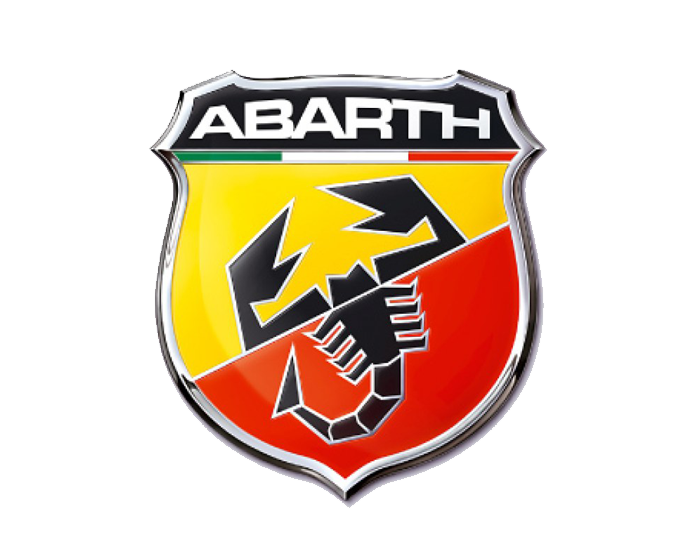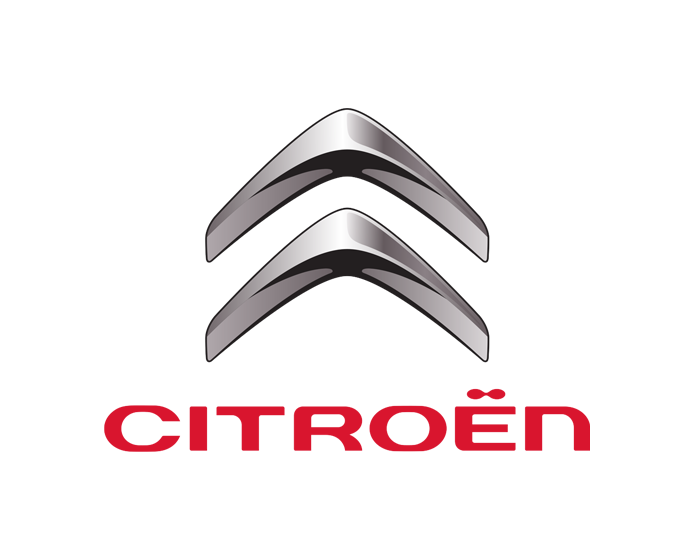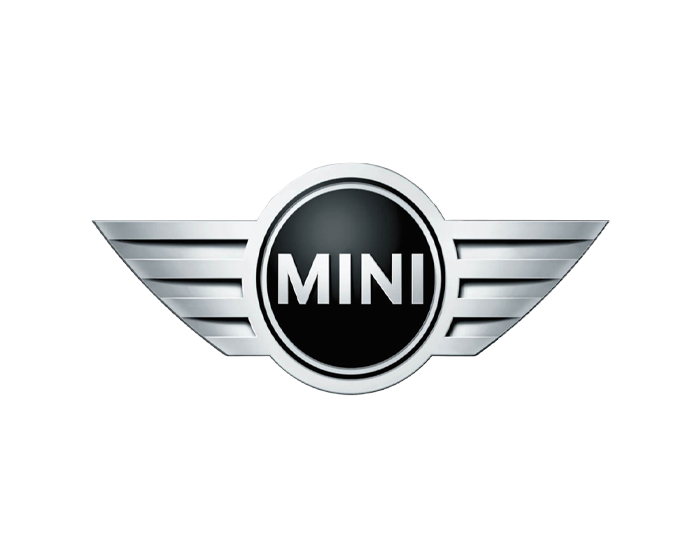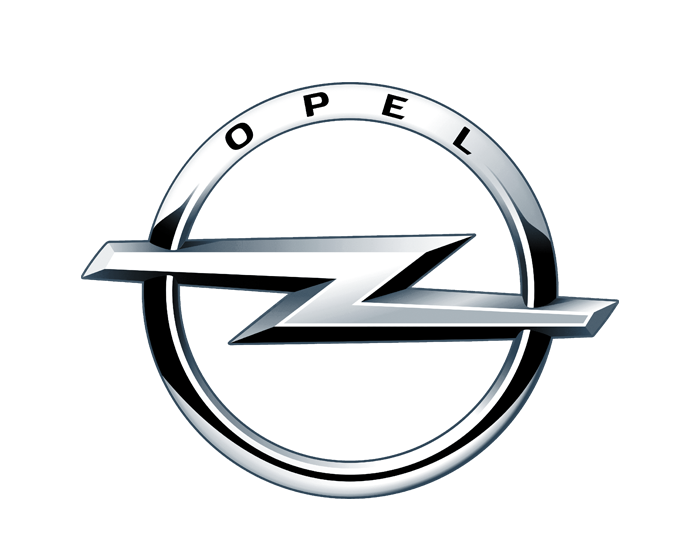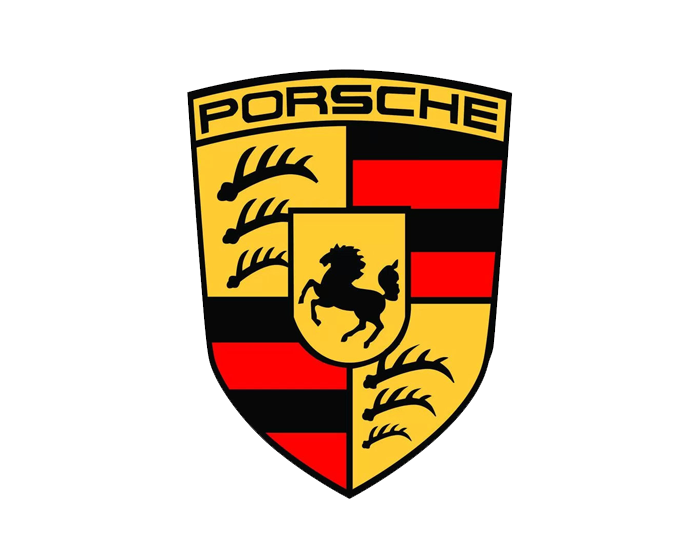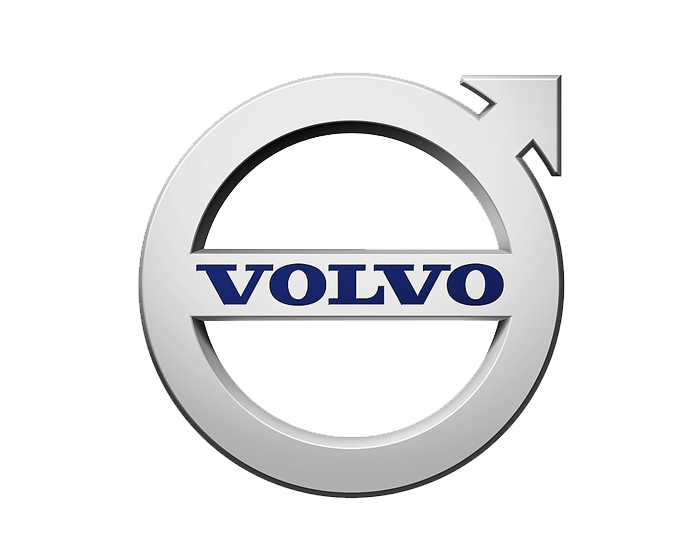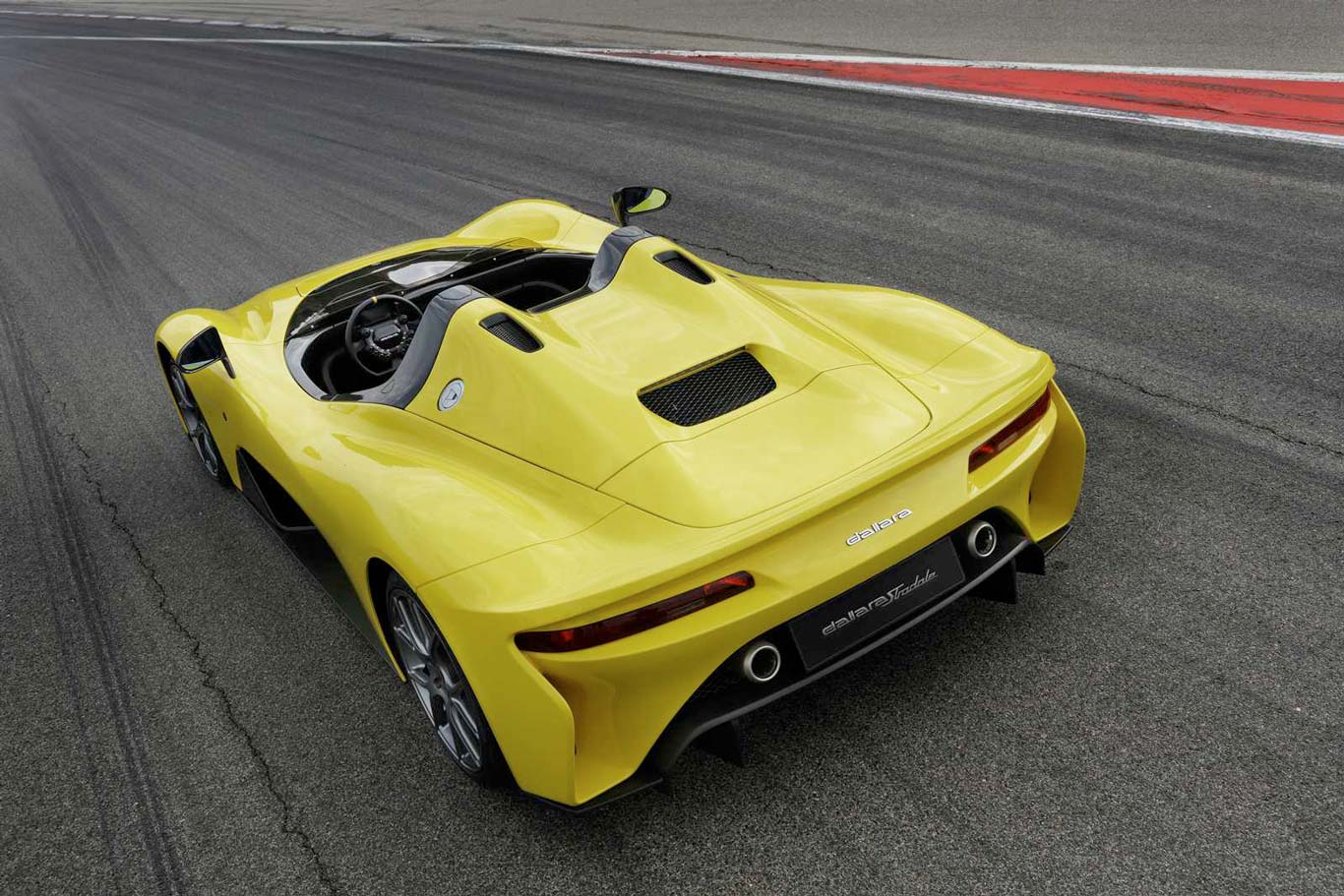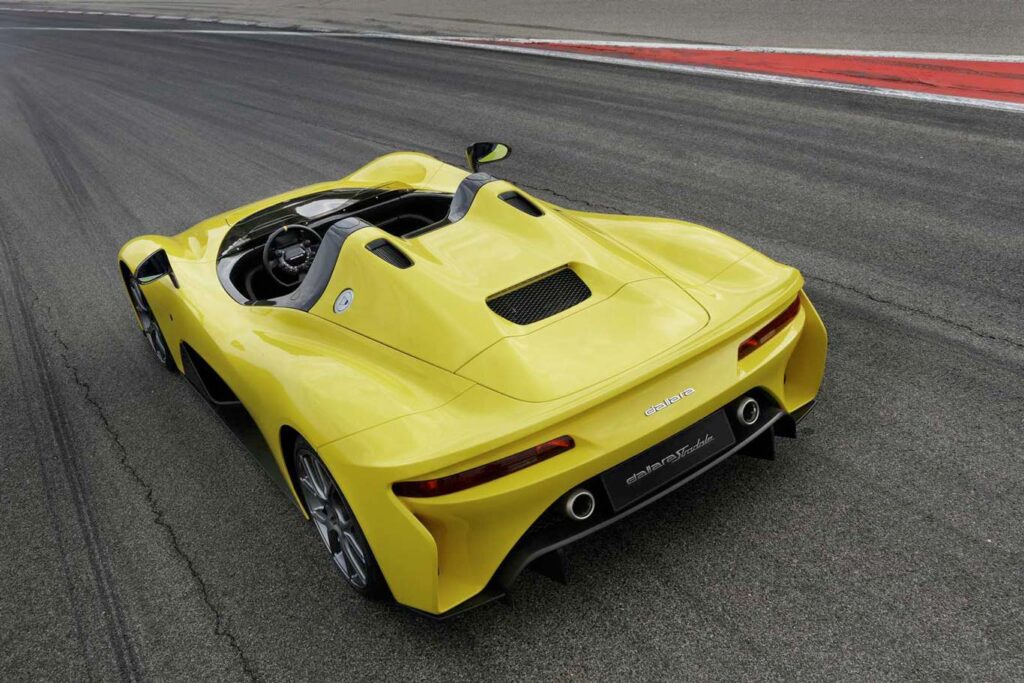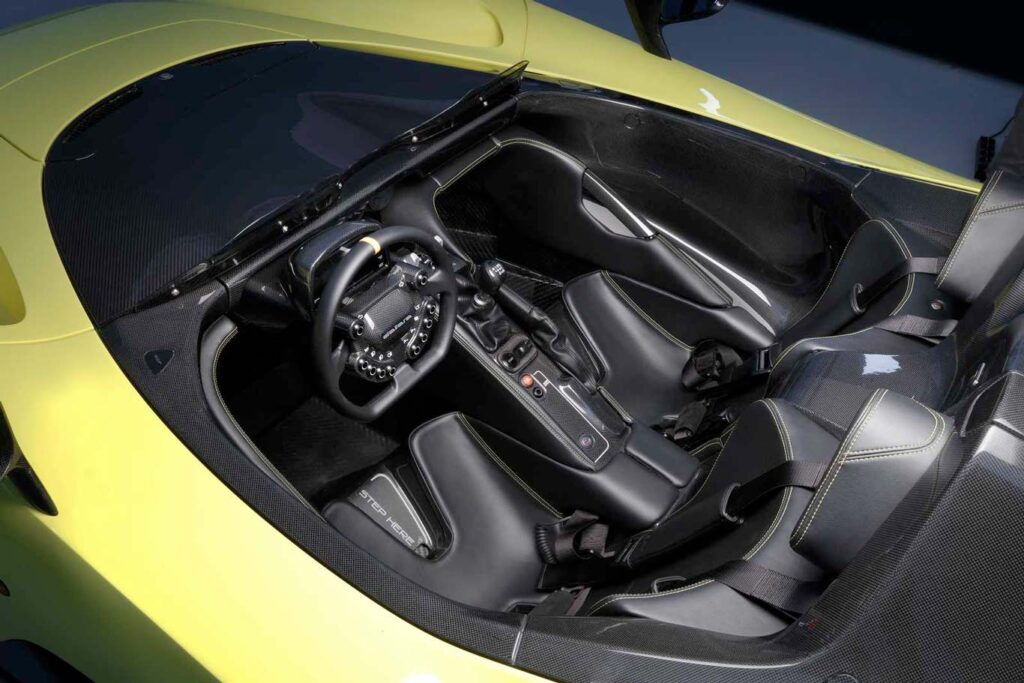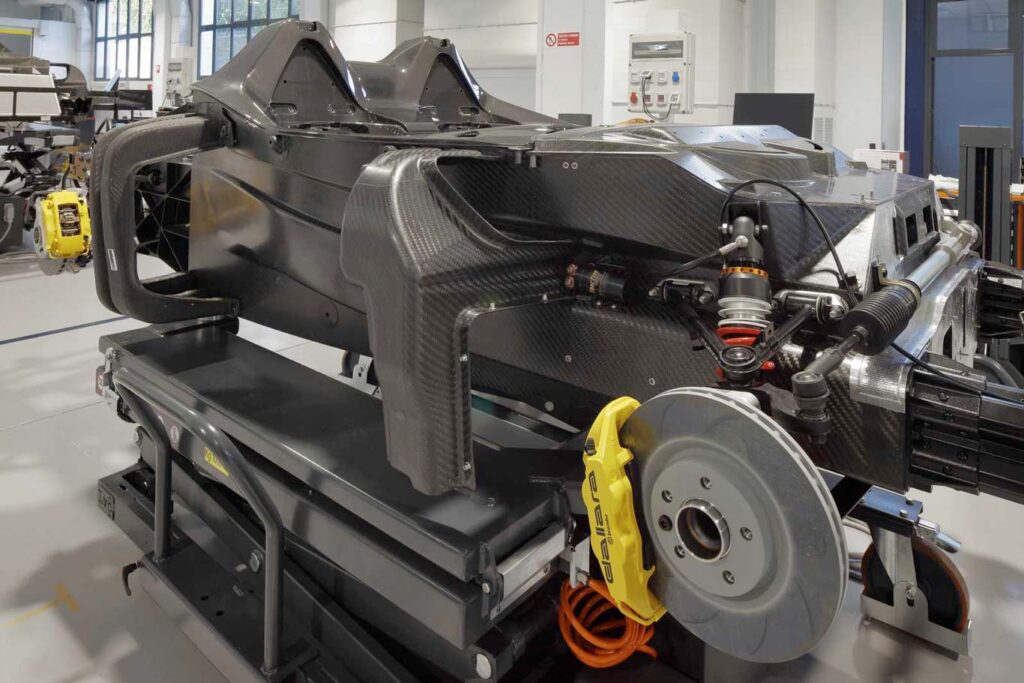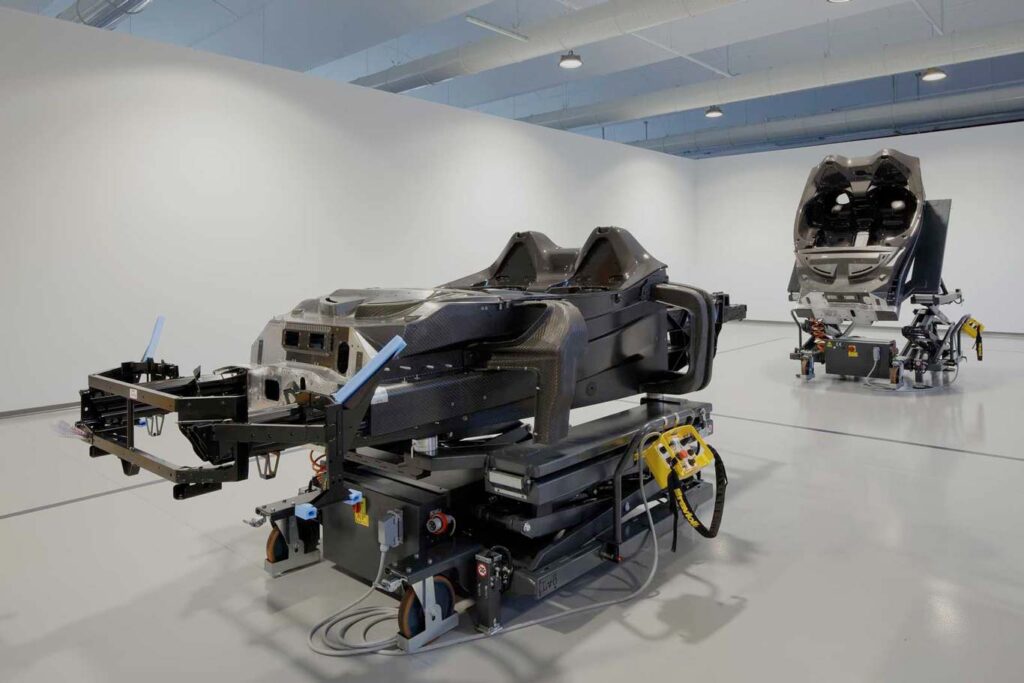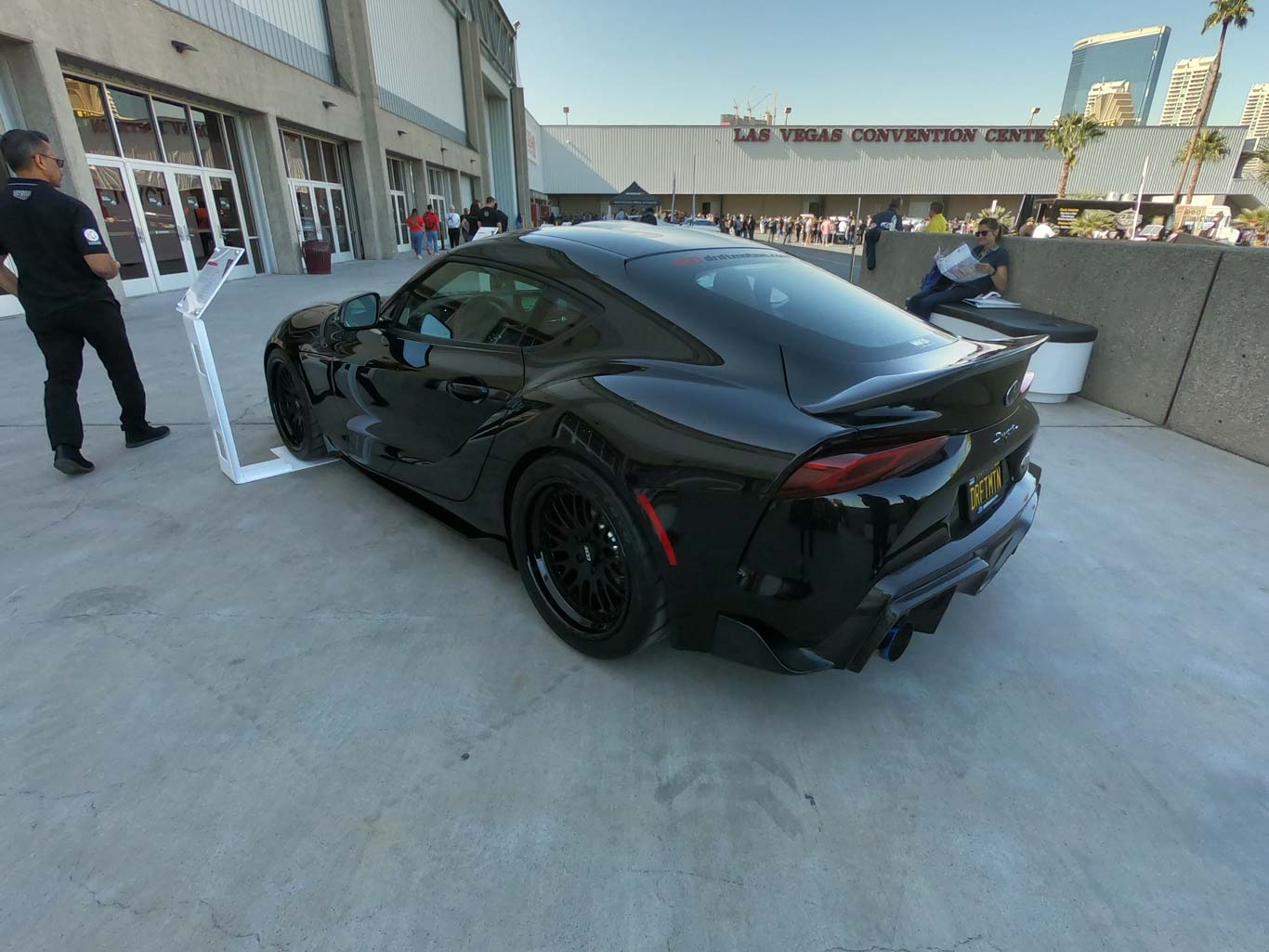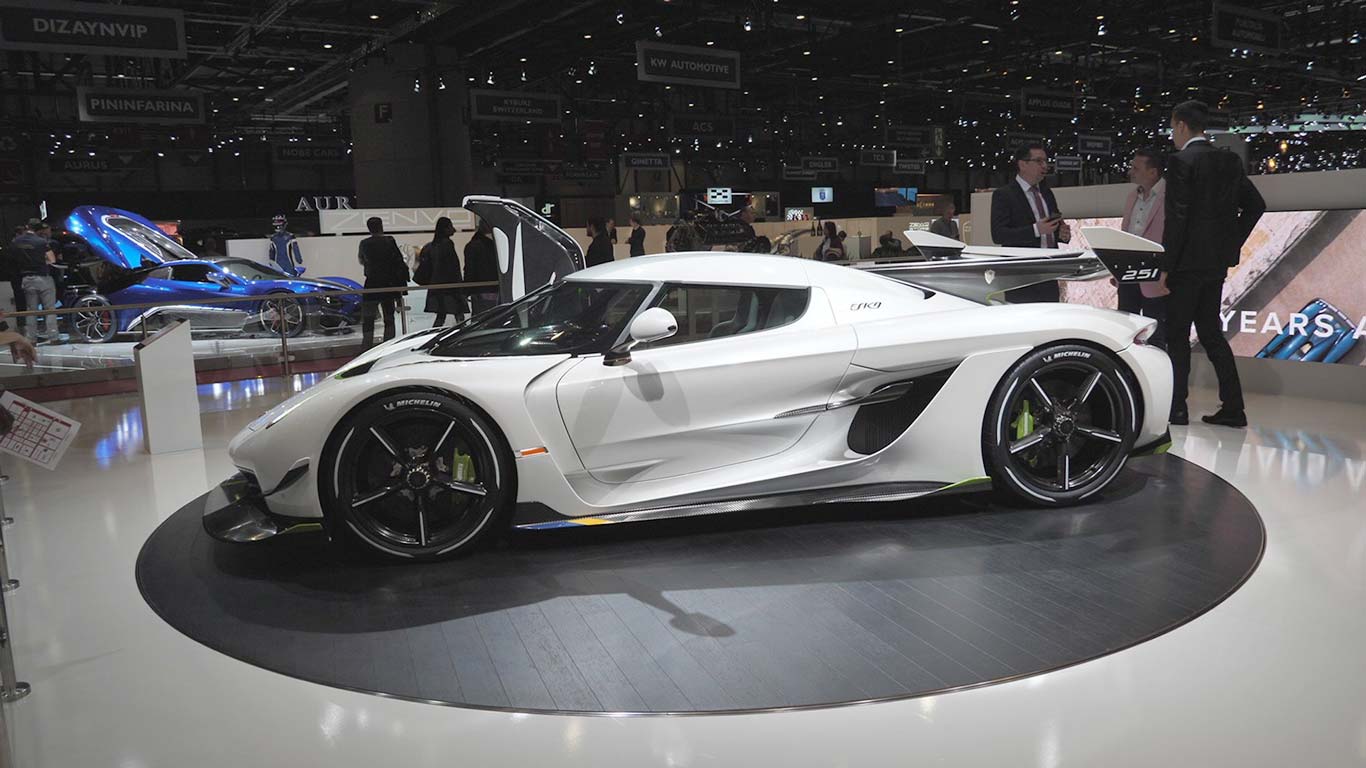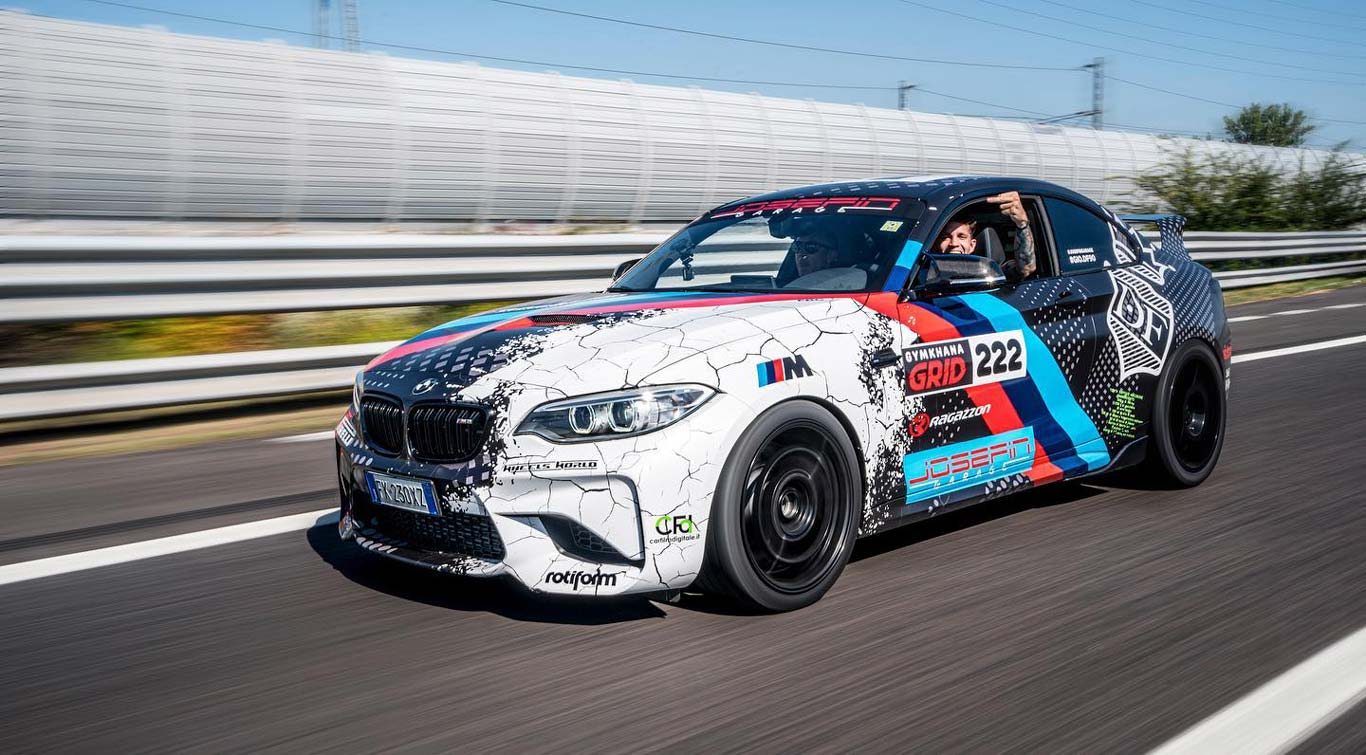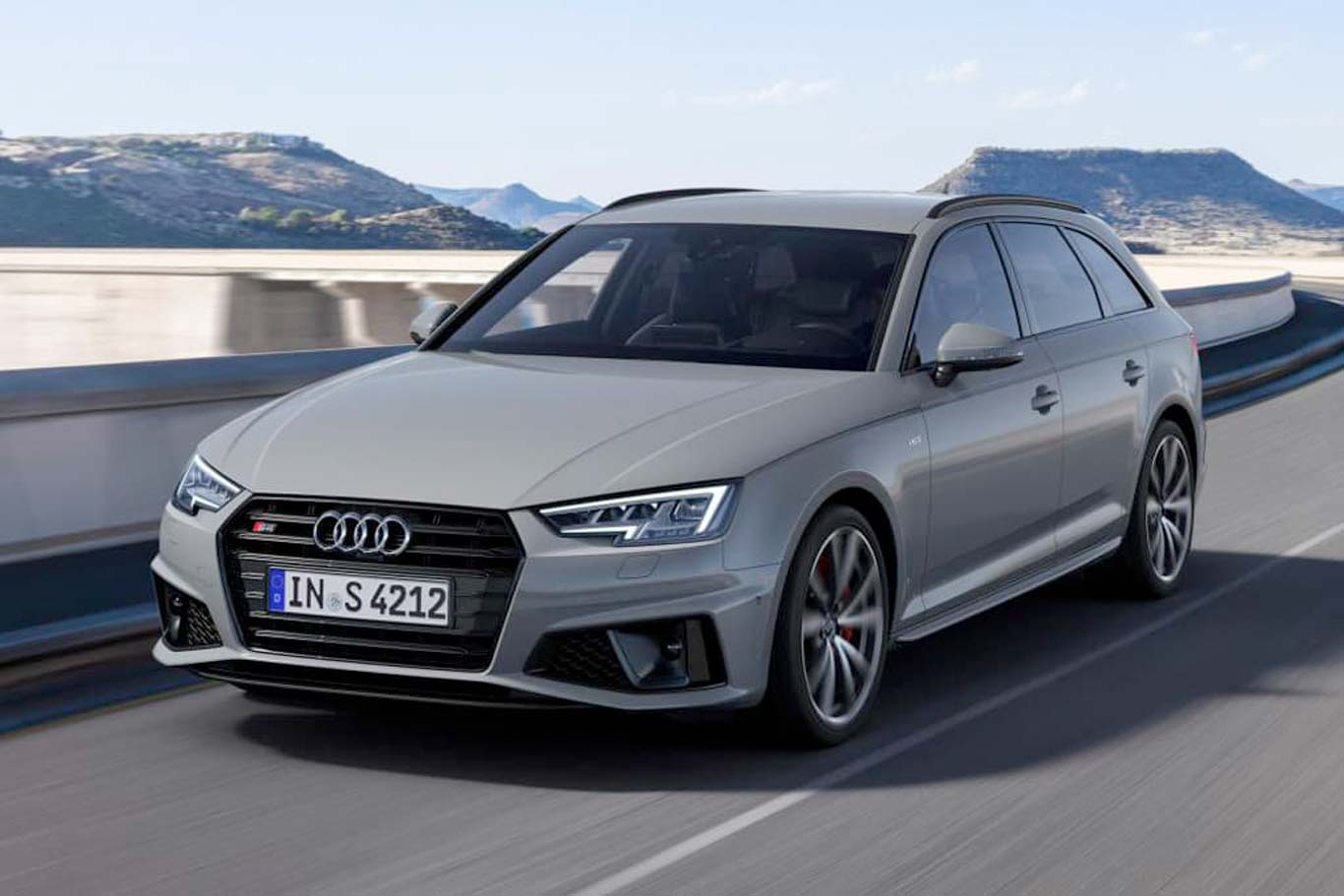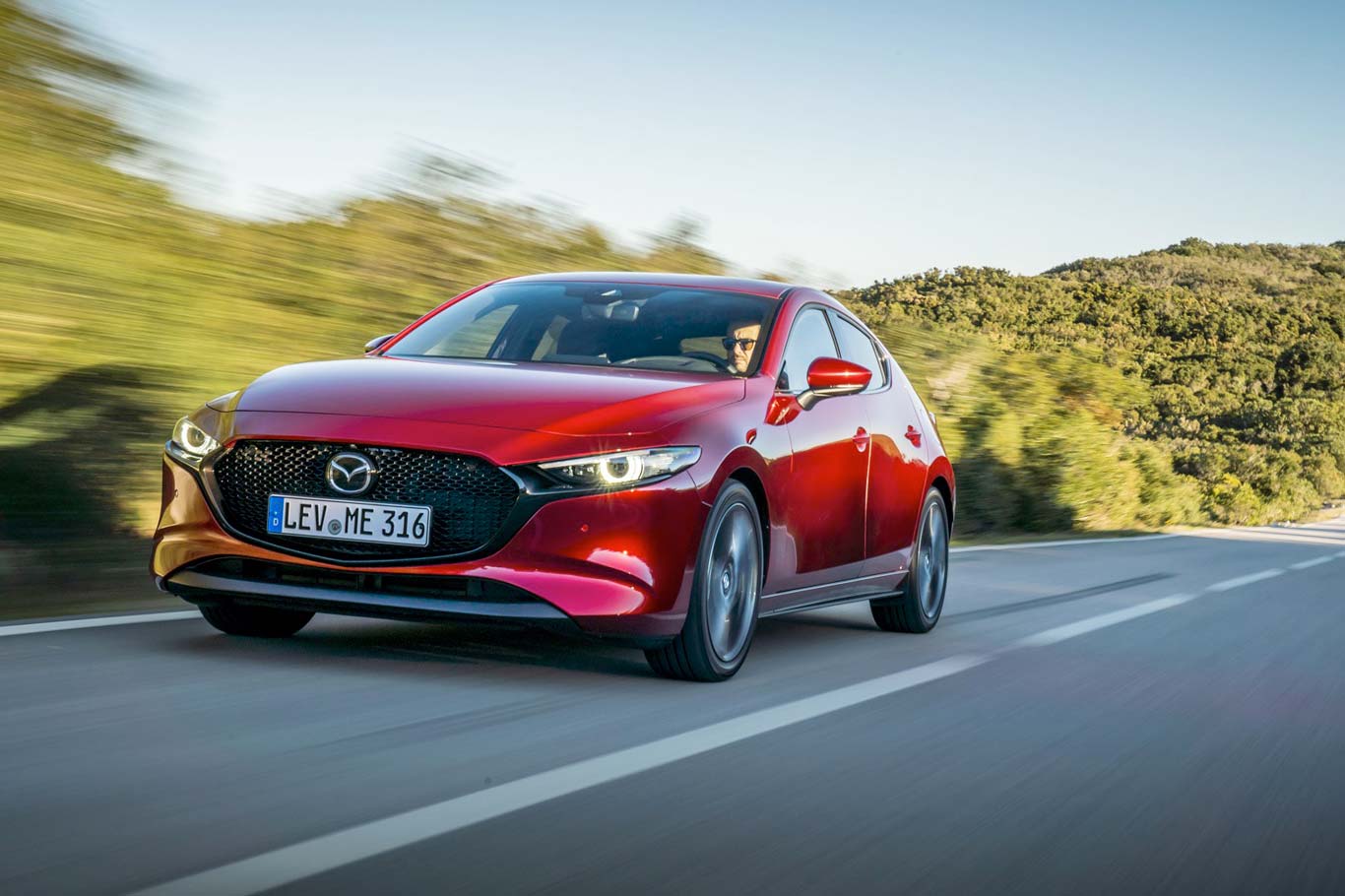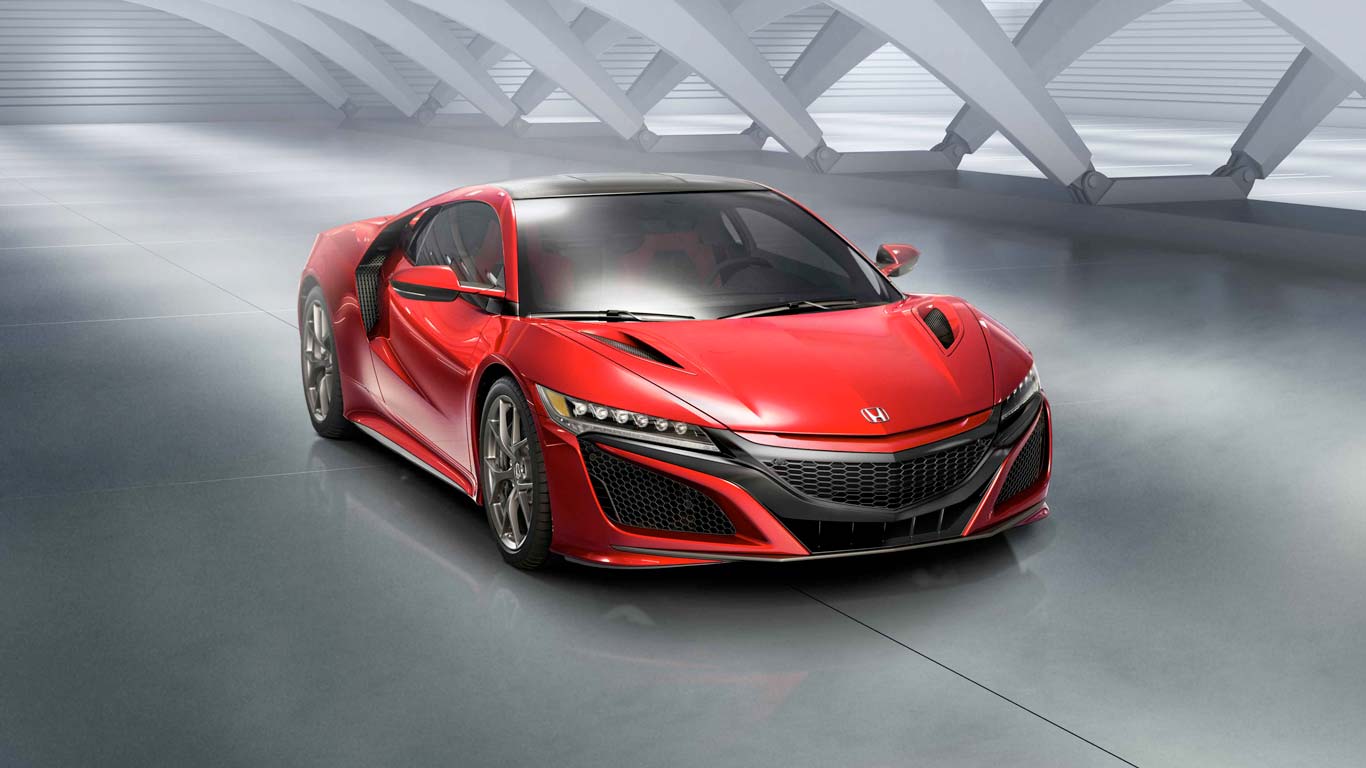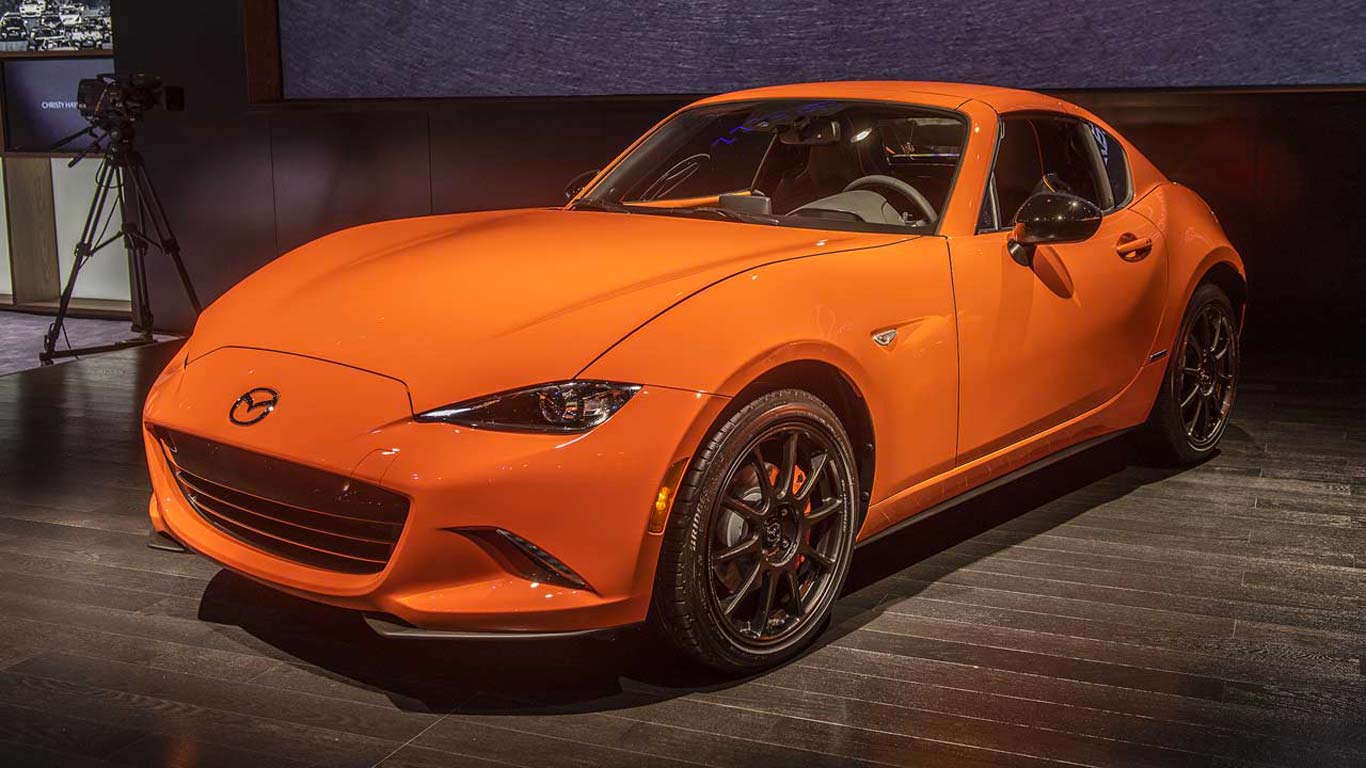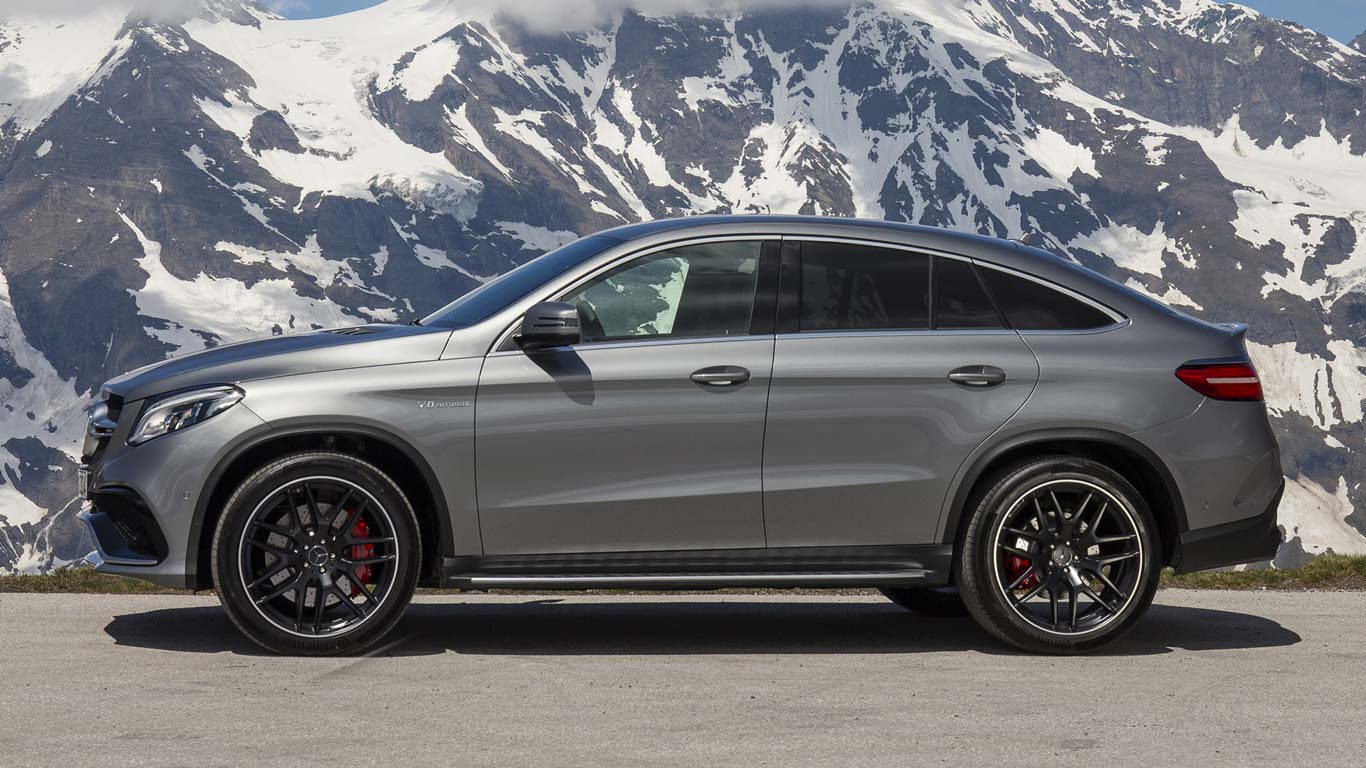Alfa Romeo Stelvio – Review, Performance and Specs
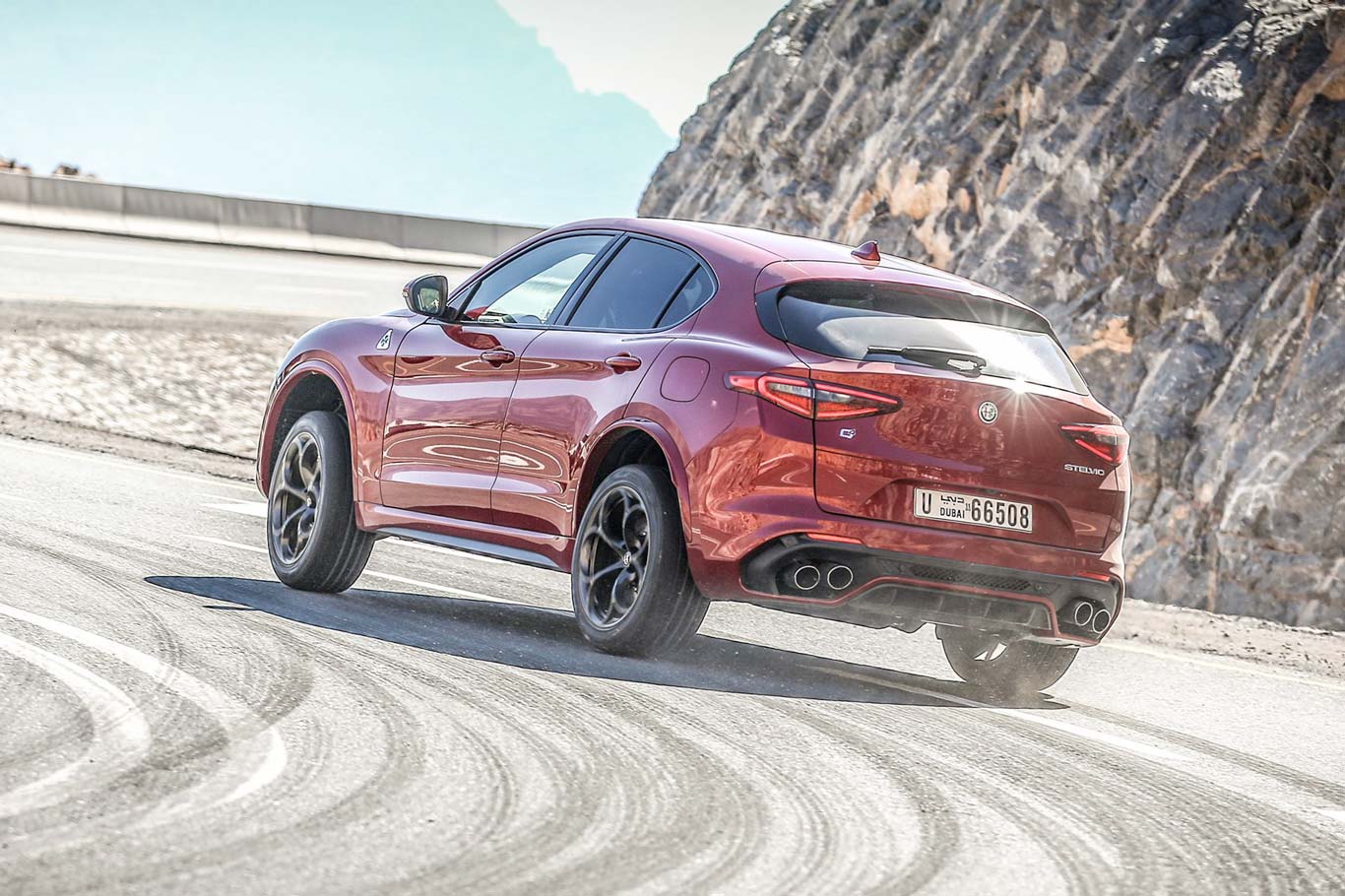
V6 twin scroll engine, two thousand nine hundred cubic centimetres, 510 hp of power and all-wheel drive. These are the numbers of the new Alfa Romeo Stelvio. So, what is the point of talking about an SUV? Well, these are the figures of the Alfa Romeo Stelvio.
Okay, now many of you will already be thinking of closing here… and instead I ask you for a few minutes of your time to continue reading. Yes, because the Stelvio is not like the others. All right, it is an Alfa, it is Italian etc etc… but let us talk about objective data.
The Alfa Romeo platform, codenamed “Giorgio” is exactly the same as the Giulia Quadrifoglio saloon and here too we are talking about the same sports frame developed dynamically to accommodate and support the 510 hp and then also used for the smaller versions that can benefit from it in terms of kinematics. So here we have an SUV not only with a sporty heart, but with an athlete’s body.
Check the Alfa Romeo Stelvio Sport Exhaust Systems.
 Normally, SUVs weight more and are higher than sedans. The Stelvio, compared to the Giulia, pays this price too, also because of the four-wheel drive. However, at Alfa Romeo they did not just watch. They have made heavy adjustments to the suspension settings to ensure, despite the height, a roll through the curves similar to the one of the Giulia QV. In addition, the distribution of traction on the four wheels is geared towards ensuring sporty behavior and maximum traction throughout the entire length of the curve. This is also due to the weight distribution that ensures that the masses are concentrated in almost the same place as the Giulia: very low, when normally SUVs have higher centres of gravity, killing the sportiness.
Normally, SUVs weight more and are higher than sedans. The Stelvio, compared to the Giulia, pays this price too, also because of the four-wheel drive. However, at Alfa Romeo they did not just watch. They have made heavy adjustments to the suspension settings to ensure, despite the height, a roll through the curves similar to the one of the Giulia QV. In addition, the distribution of traction on the four wheels is geared towards ensuring sporty behavior and maximum traction throughout the entire length of the curve. This is also due to the weight distribution that ensures that the masses are concentrated in almost the same place as the Giulia: very low, when normally SUVs have higher centres of gravity, killing the sportiness.
Read also this review of the Alfa Romeo Stelvio by Topgear.
In short, the Stelvio recipe comes with a new purpose: to rethink the sports SUV.
The SUV segment is very popular in every continent of the globe, but it have not had seen a real sporty SUV yet. The result speaks for itself: the dynamic behavior of a sports saloon car, with the comfort given (for many) by the greater height from the ground and by more cargo space. The safety of the all-wheel drive, which here also ensures oversteer in sports driving, leaves the possibility (even for the less experienced drivers) to correct and play with the steering wheel in an easier and safer way than with a pure rear-wheel drive.
Alfa Romeo not only has an SUV with lots of horsepower. The traditional Italian brand, with its strong sports DNA, therefore introduces a car with tricks that make it powerful and effective enough to compete with sports cars belonging to more famous brands. The powertrain remains unchanged, coupled with the only automatic 8-speed gearbox, always ready in every situation, from the docile everyday driving, to the most challenging braking on track.
And that is why we, at Josefin Garage, are happy to see this interpretation (of the much hated SUVs) in an Alfa key. Our experience in finding horsepower in this powerful 6-cylinder “V” engine, combining a dedicated mapping and a complete exhaust system for an even more satisfying sound, allows us to reach 600 hp in a blink of an eye.
Even more important is the torque data that makes this engine usable in every situation. The ease with which this motor takes speed (much higher than allowed by the law) makes it an object of desire for many.
All this experience is the same that we transfer to the Stelvio. We have already had many customers who requested us an upgrade of the engine and aesthetic finishes in carbon.
We are happy and proud to actively participate in a triumphant return of the Italian brand Alfa Romeo on the national territory and beyond. Not to mention that even the smallest engines can benefit from our technical know-how in terms of performance. In short, now you just have to try that. We are waiting for you to make your Alfa Romeo a REAL Alfa!

